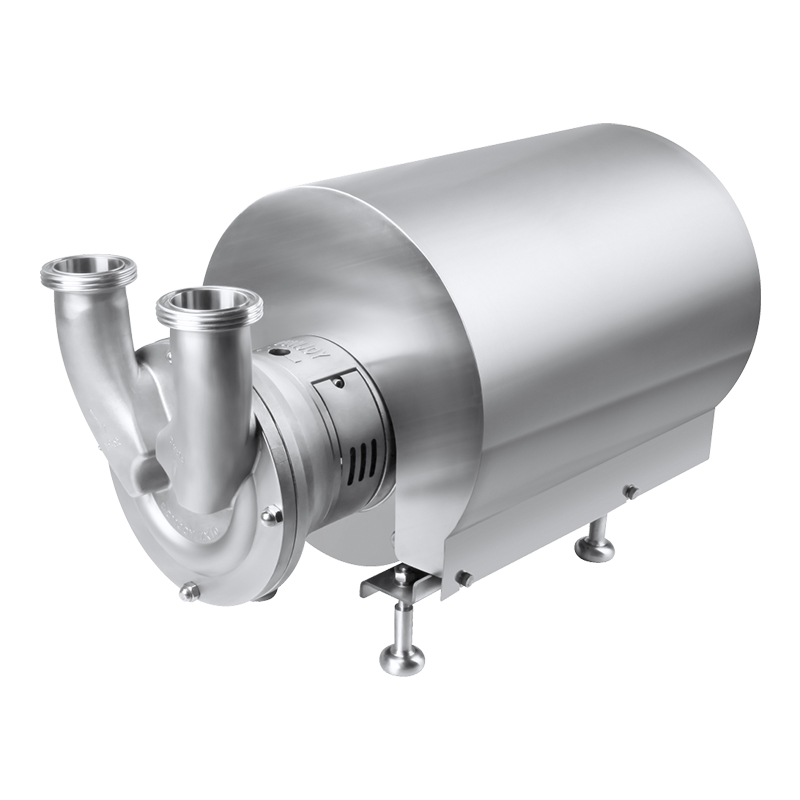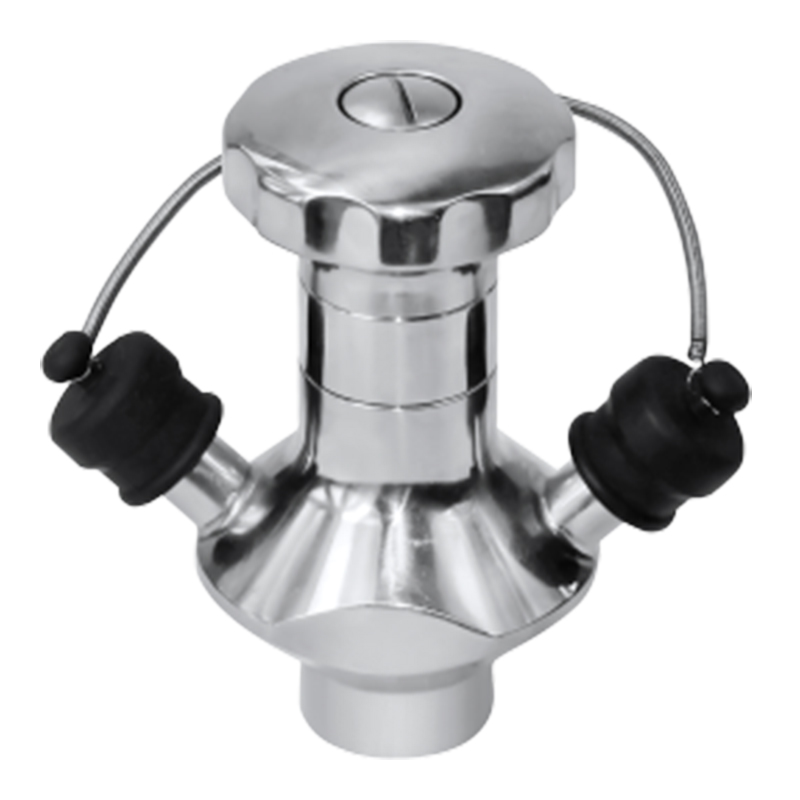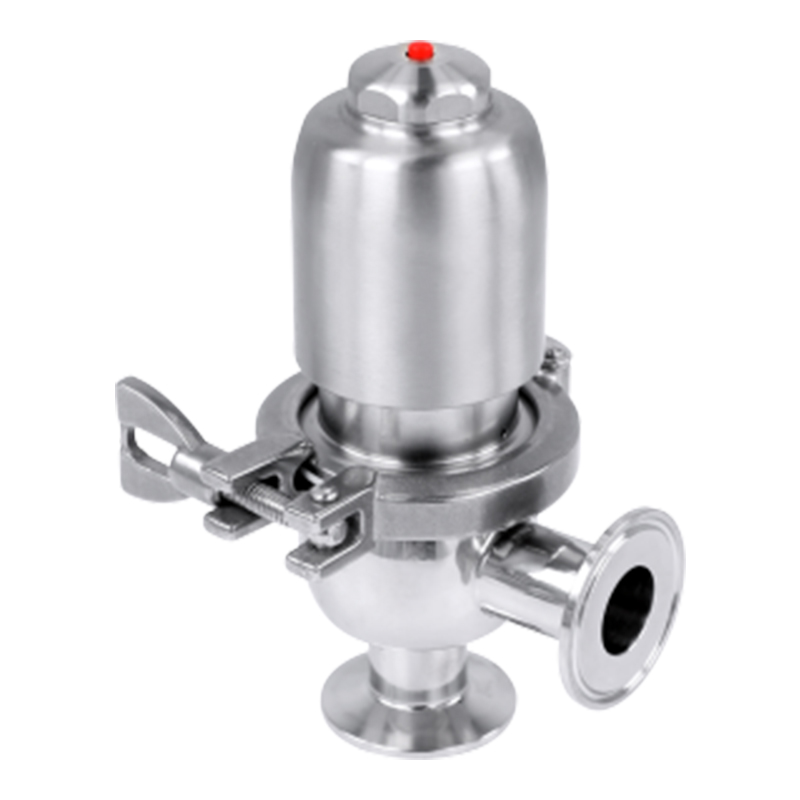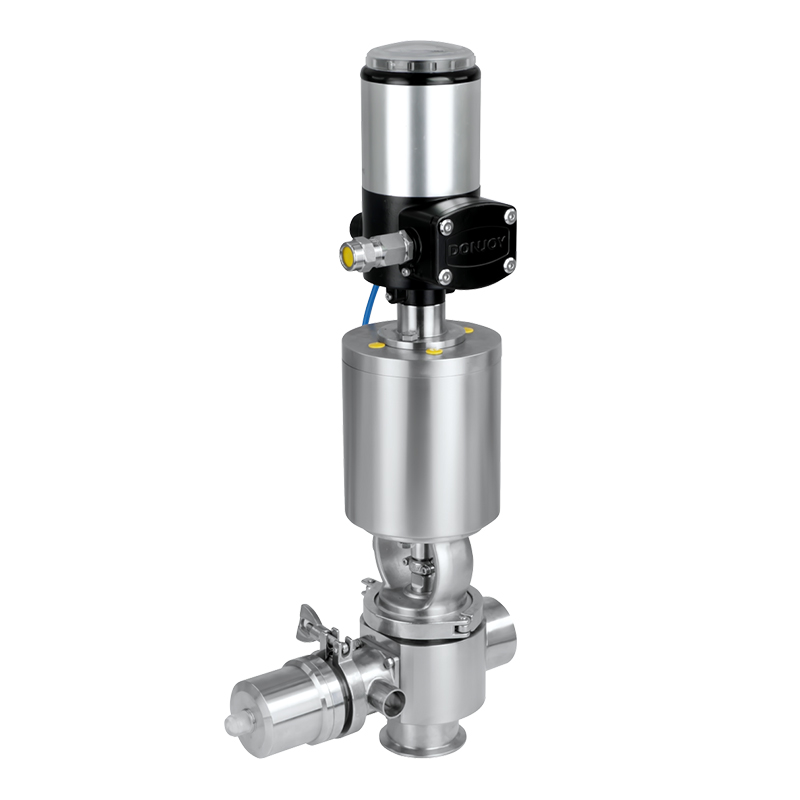When it comes to fluid handling in various industries—such as food processing, pharmaceuticals, chemicals, and wastewater treatment—pumps play a critical role in ensuring smooth operations. Among the various types of pumps available, lobe pumps and centrifugal pumps are two of the most commonly used. While both are essential tools in fluid transfer, they operate based on very different principles. So, what sets them apart, and which one is best suited for your application? Let’s dive into the differences between these two pumping technologies.
A lobe pump is a type of positive displacement pump that uses two or more lobes (rotors) to trap and move fluid from one side of the pump to the other. The lobes rotate inside the pump chamber, creating a seal that pushes the fluid through the pump, much like squeezing a toothpaste tube. As the lobes move, the volume of liquid between them is displaced and forced through the outlet.
Key Features:
A centrifugal pump, on the other hand, is a type of pump that uses centrifugal force to move fluid. In a centrifugal pump, fluid enters the center of a rotating impeller. The impeller accelerates the fluid outwards, and this outward movement creates the pressure needed to move the fluid through the pump system.
Key Features:
Lobe pumps shine in industries where precision, consistency, and gentle handling are paramount. These pumps are ideal for:
Lobe pumps are perfect when you need to handle fluids that are viscous, shear-sensitive, or contain solids, as they won’t degrade the product’s integrity.
Centrifugal pumps, with their high-flow, low-pressure capabilities, are well-suited for applications where continuous, low-resistance fluid movement is required. They are often used in:
Centrifugal pumps are best when you need high efficiency for low-viscosity fluids and don’t require precise metering or handling of sensitive products.
Choosing between a lobe pump and a centrifugal pump depends on the specific needs of your application:
Both types of pumps have their place in the world of fluid handling, and understanding the differences between them is crucial for optimizing performance, efficiency, and longevity in your industrial processes.
Whether you're handling delicate pharmaceuticals or moving water through a treatment plant, the right pump can make all the difference. By understanding the unique features of lobe pumps and centrifugal pumps, you can ensure that your system operates smoothly and efficiently, saving time, energy, and costs in the long run.





According to ASME BPE, EHEDG, FDA and 3A standard, DONJOY got certificates of PED-97/23/EC and MD-06/42/EC issued by TUV, ……